Azure SQL Database or Managed instance is a Microsoft cloud offering for SQL Server in the managed cloud environment. Usually, we connect databases from SQL Server Management Studio, Azure Data Studio, or applications for query data.
Read more »
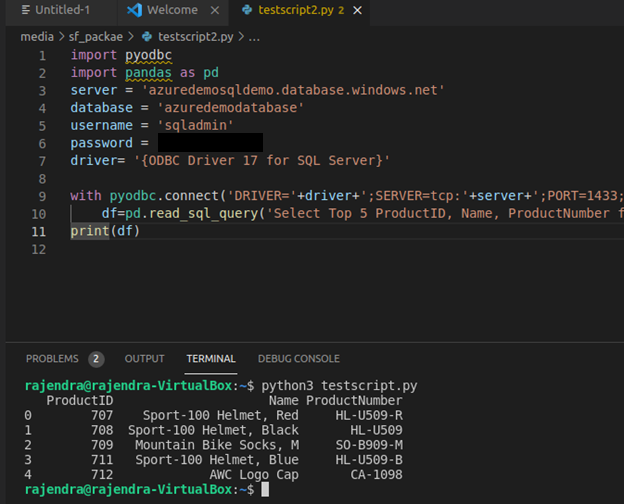


Azure SQL Database or Managed instance is a Microsoft cloud offering for SQL Server in the managed cloud environment. Usually, we connect databases from SQL Server Management Studio, Azure Data Studio, or applications for query data.
Read more »
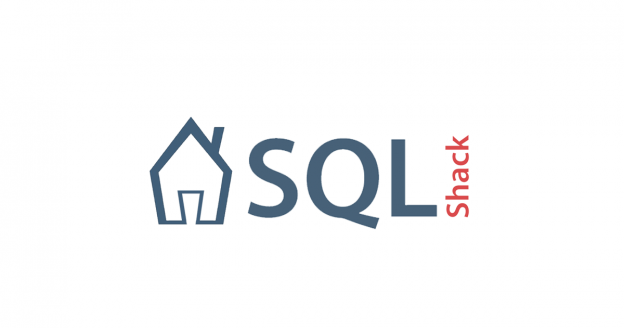
The database contains business, customer sensitive and confidential data. Therefore, securing the database environment is the prime responsibility of a database administrator. If you plan to host your databases in Microsoft Azure, you can choose the platform as a service solution – Azure SQL Database. The Azure SQL DB is a fully managed database service; therefore, you do not get full access to SQL Server features, databases.
Read more »
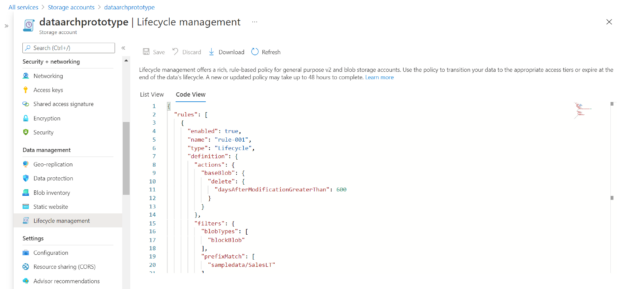
This article will show how to manage the lifecycle of data using the features available in the Azure Blob Storage account.
Read more »
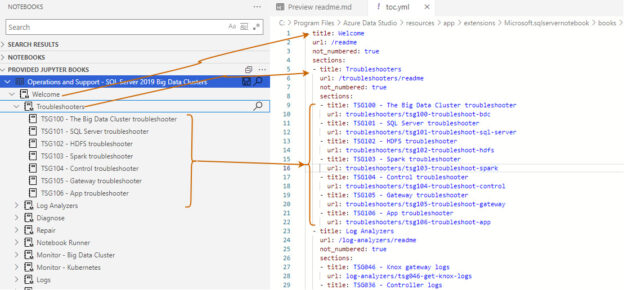
This article introduces and explores the Jupyter books in the Azure Data Studio.
Read more »
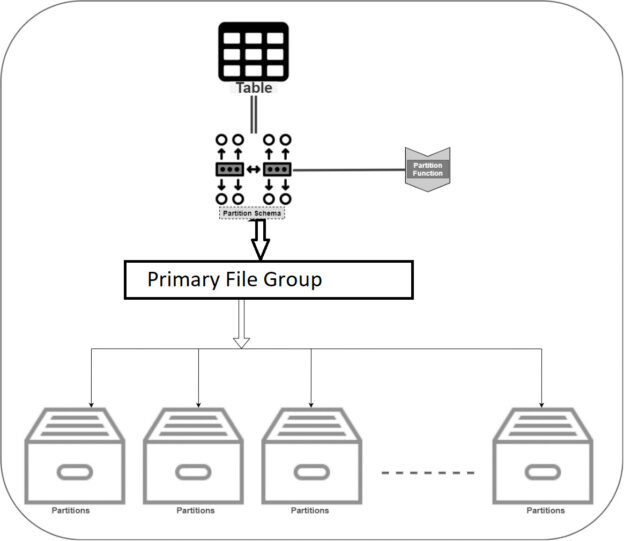
This article explores the process of table partitioning in Azure SQL Database and explains how it differs from on-premises SQL Server.
Read more »
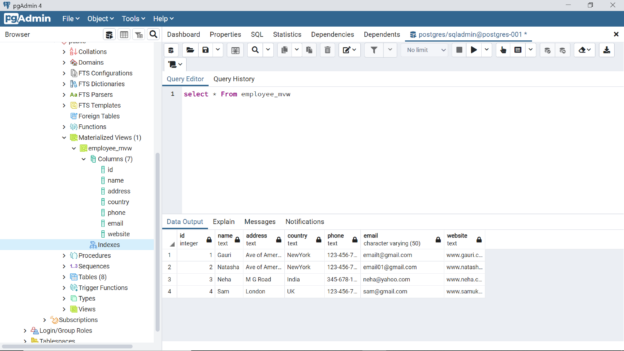
In this article, we will learn the basics of working with views in the Azure Database for PostgreSQL.
Read more »
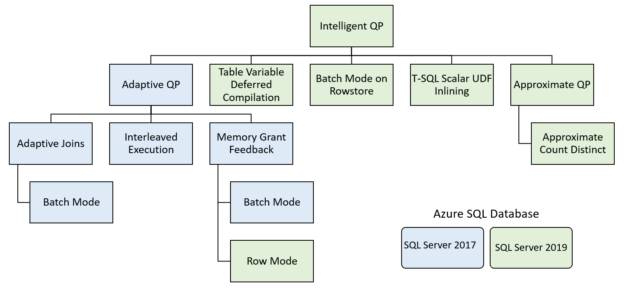
This article explores the scalar UDF performance issues and improvements in Azure SQL Database using UDF Inlining.
Read more »
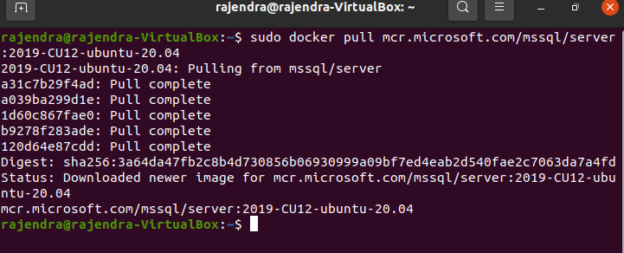
This article will walk you through the process of creating, importing a customized SQL Server image into Azure Container Registry and finally deploying an Azure Container instance using it.
Read more »
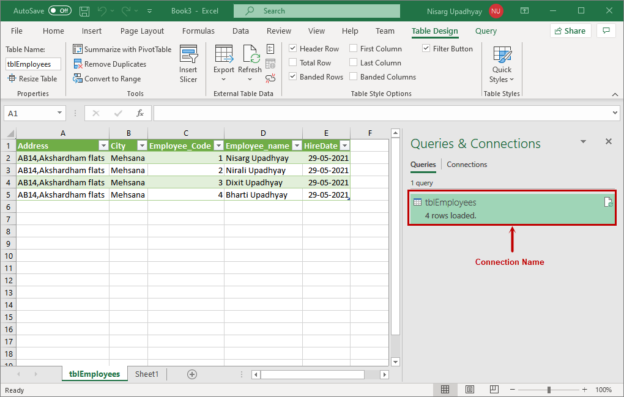
This article helps you learn how to configure an ODBC driver to connect the Azure Database for PostgreSQL. In my previous article, Configure ODBC drivers for PostgreSQL, you learned the step-by-step process to download, install and configure the ODBC driver for PostgreSQL. We also learned the process of creating a DSN used to connect PostgreSQL and populate data from it.
Read more »
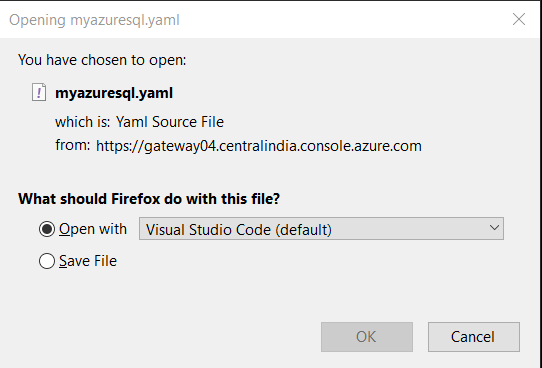
The Azure Container Instances provides a flexible solution for implementing container-based images in Azure infrastructure quickly. It does not require building the virtual machine, installing applications like Microsoft SQL Server, or configuring the software. You can choose the container images from the libraries and build solutions. You can use non-persisted(default) and persisted storage to avoid losing container data if your container status changes to Stopped and restarted.
Read more »
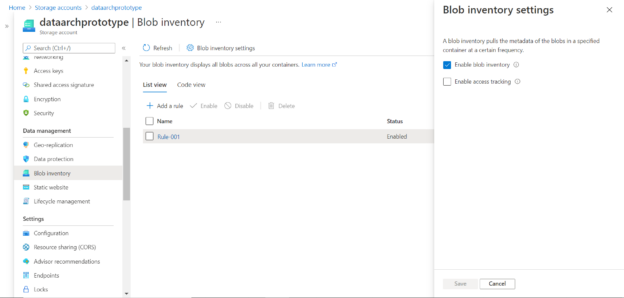
In this article, we will learn how to configure Blob Inventory in an Azure Blob Storage account.
Read more »
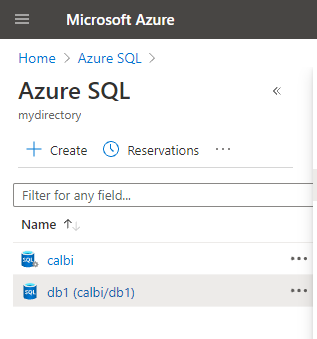
In this article, we will talk about Azure SQL. The article will compile the FAQ about this topic. The article will cover FAQ related to concepts for newbies, prices, some common features, migration and several links for references to get higher details on specific topics.
Read more »
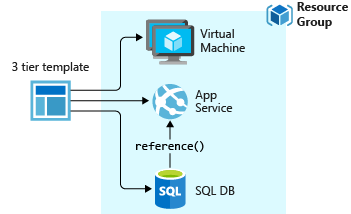
The Azure Resource Manager (ARM) template is a JavaScript Object Notation (JSON) file for deploying Azure resources automatically. You can use a declarative syntax to specify the resources, their configurations. Usually, if you need to deploy Azure resources, it might be a tiring experience of navigating through different services, their configurations. With the ARM templates, you no longer need to click and navigate around the portal. For example, you can use configure the template for Azure VM or Azure SQL Database deployment.
Read more »
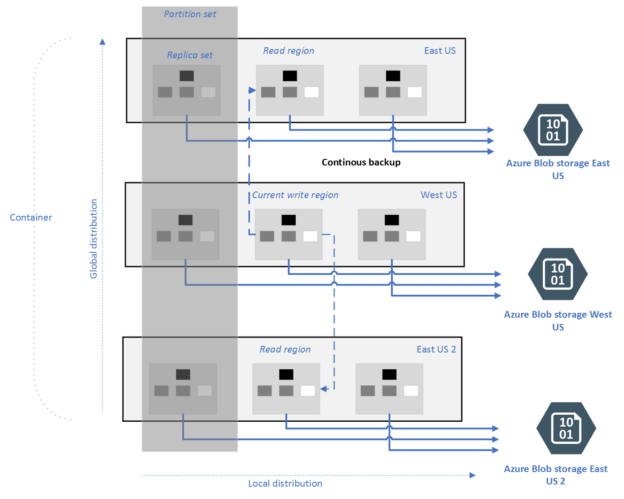
In this article, we will learn what continuous backup is and how to configure it on an Azure Cosmos DB account.
Read more »
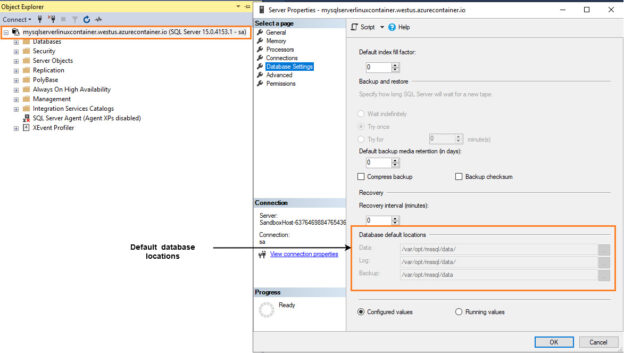
In the articles, Deploying Azure Container Instances for SQL Server 2019 and Create Azure Container Instances for SQL Server 2019 using Azure CLI, we explored Azure Container Instances for SQL Server on Linux. These containers are stateless. Therefore, if you stop or restart container instances, you lost your data. Suppose, being a developer, you created a new container database, deployed a few tables, and stored procedures for testing purposes. You do not want to lose these objects or databases even if you destroy your container. Similarly, you also want to reuse those databases if you create a new container instance.
Read more »
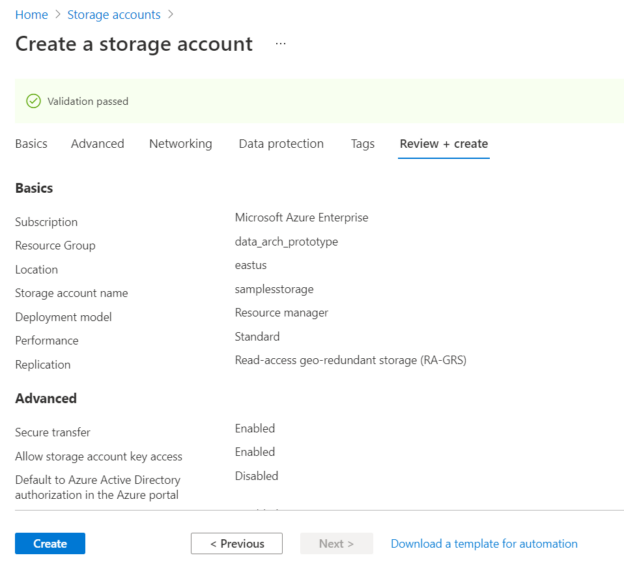
In this article, we will learn how to create an Azure Blob Storage account and understand all the different configuration options and their impact on the blobs stored in the account.
Read more »
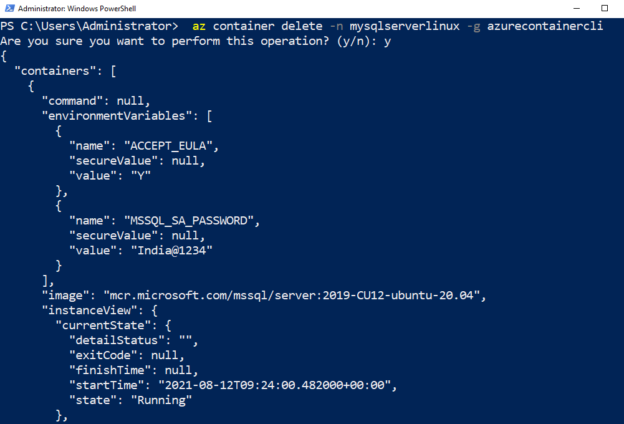
This article explores Azure CLI scripts for deploying Azure Container Instances with SQL Server 2019 image.
Read more »
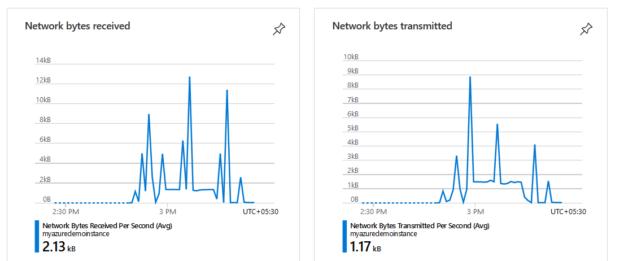
This article will show how to deploy SQL Server 2019 on the Azure container instances using the Azure portal.
Read more »
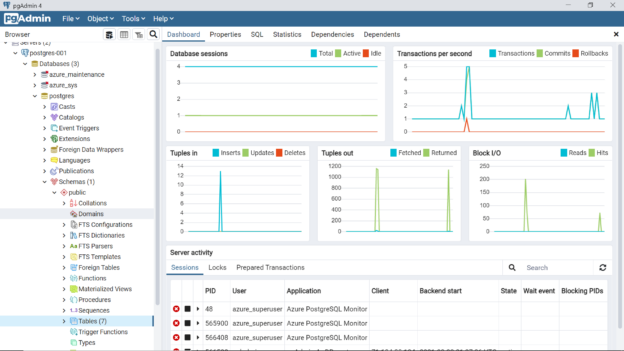
In this article, we will learn how to work with domains in Azure Database for PostgreSQL and learn how to use it with tables to centralize the constraints logic that would be applied across tables.
Read more »

The Bulk Copy Program (BCP) utility can move bulk data between SQL Server instances. You can export SQL Server data into BCP files. You can also use them for moving data from on-premises SQL Server instances to Azure SQL Database. The BCP files do not contain schema or the format information of your data. Therefore, you cannot use it as a database migration tool. However, it is adequate to import or export many rows. However, you need to create the table or use a format file to import data into a table.
Read more »
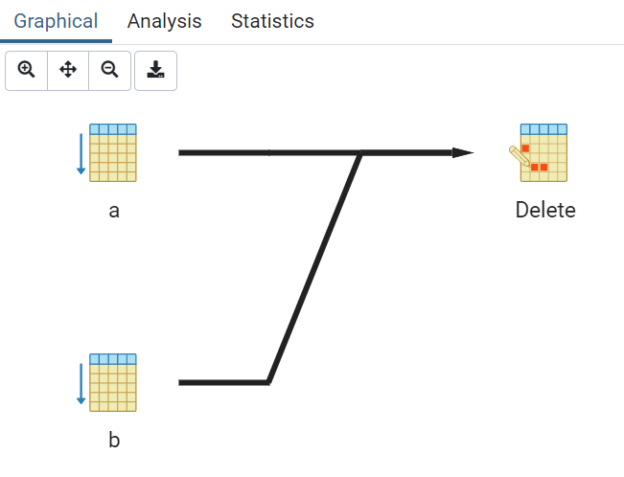
In this article, we will learn about the concept of table inheritance, and its use in Azure Database for PostgreSQL.
Read more »
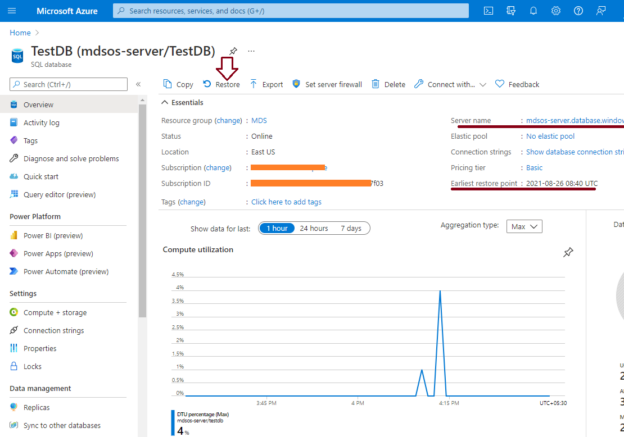
I will explain how to restore an Azure SQL database in case you need to recover some data, or somebody has deleted your database in this article. Databases restore is the common activity a DBA performs in his day-to-day activities to meet various business requirements. We should also perform regular restores to ensure our backups are healthy and restorable in case of any emergency. Here, I will create an Azure SQL database named TestDB along with a table Employee inside this database and then recover them by restoring its automatic backups.
Read more »
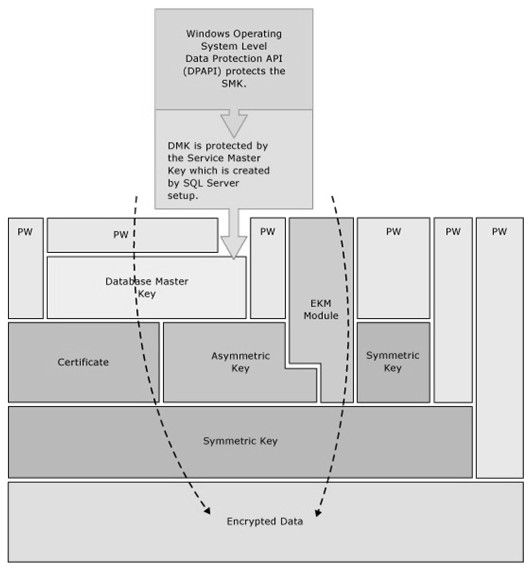
Azure SQL Database is a cloud database hosted on Microsoft’s Azure platform. It is an enterprise-grade database service that supports a wide range of advanced features, and it can be used to store and process data. Customers can migrate data from an on-premises SQL Server without downtime and minimal disruption.
Read more »
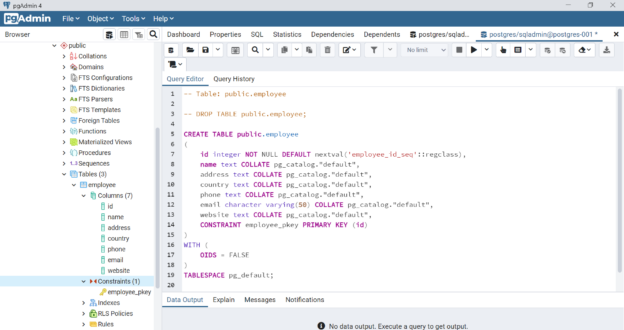
In this article, we will learn how to create a new instance of Azure Database for PostgreSQL as well as understand how to use existing tables as templates while creating new tables.
Read more »
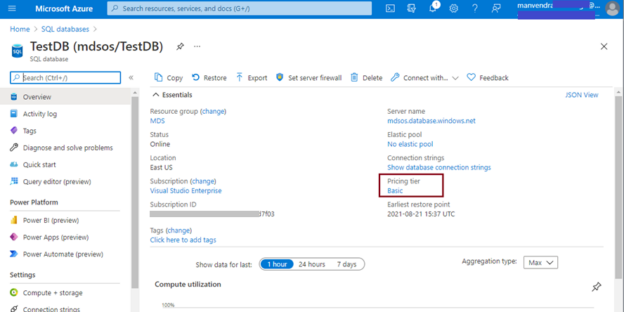
Azure SQL Database is a fully managed SQL Server database engine based on the latest stable version of SQL Server enterprise edition. This is Database as a Service offering under the PaaS model in the Azure cloud. It offers in-built high availability capability and reduces the manageability efforts by automating administration activities like backups, patching, etc. Backups are managed automatically by Azure for all PaaS database deployments. This article will explain one of the configuration item retention periods of Azure SQL database backups.
Read more »© Quest Software Inc. ALL RIGHTS RESERVED. | GDPR | Terms of Use | Privacy